Hossein Vahid Alizadeh
Classification of head impacts based on the spectral density of measurable kinematics
Apr 19, 2021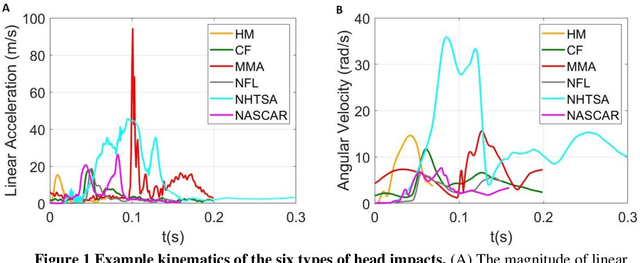
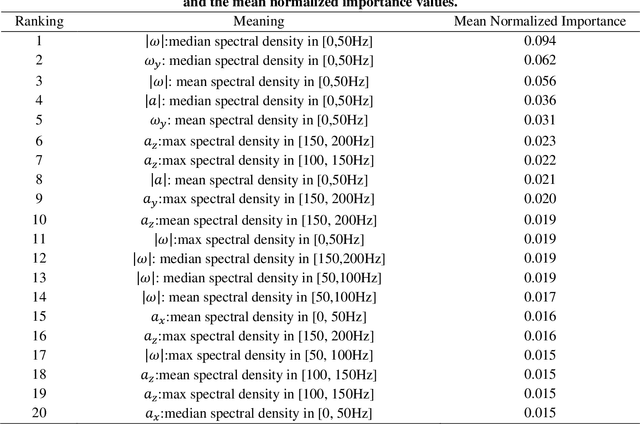
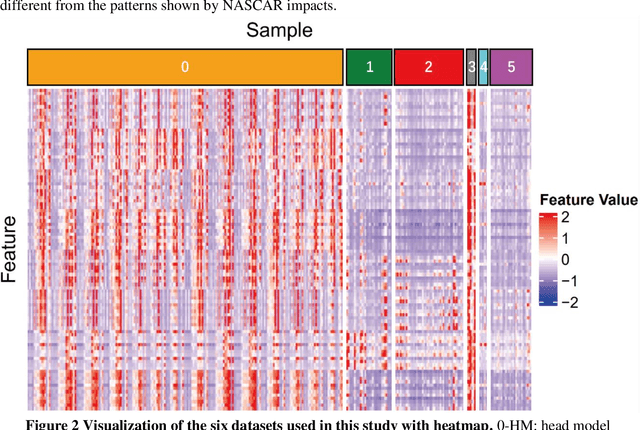
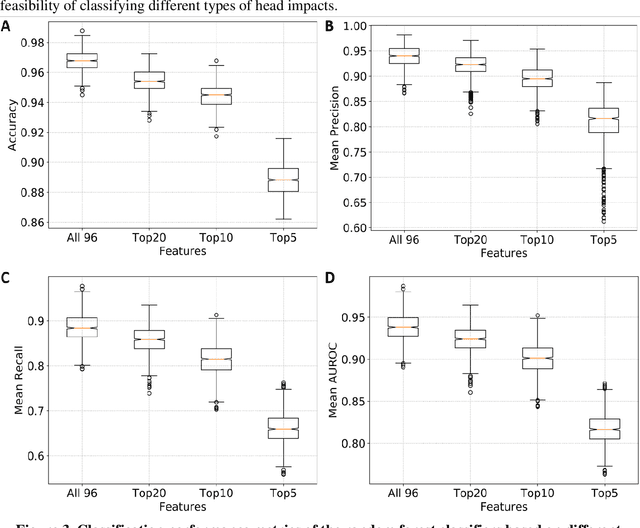
Abstract:Traumatic brain injury can be caused by head impacts, but many brain injury risk estimation models are less accurate across the variety of impacts that patients may undergo. In this study, we investigated the spectral characteristics of different head impact types with kinematics classification. Data was analyzed from 3262 head impacts from head model simulations, on-field data from American football and mixed martial arts (MMA) using our instrumented mouthguard, and publicly available car crash data. A random forest classifier with spectral densities of linear acceleration and angular velocity was built to classify different types of head impacts (e.g., football, MMA), reaching a median accuracy of 96% over 1000 random partitions of training and test sets. Furthermore, to test the classifier on data from different measurement devices, another 271 lab-reconstructed impacts were obtained from 5 other instrumented mouthguards with the classifier reaching over 96% accuracy from these devices. The most important features in classification included both low-frequency and high-frequency features, both linear acceleration features and angular velocity features. It was found that different head impact types had different distributions of spectral densities in low-frequency and high-frequency ranges (e.g., the spectral densities of MMA impacts were higher in high-frequency range than in the low-frequency range). Finally, with head impact classification, type-specific, nearest-neighbor regression models were built for 95th percentile maximum principal strain, 95th percentile maximum principal strain in corpus callosum, and cumulative strain damage (15th percentile). This showed a generally higher R^2-value than baseline models without classification.
Predictive Factors of Kinematics in Traumatic Brain Injury from Head Impacts Based on Statistical Interpretation
Feb 13, 2021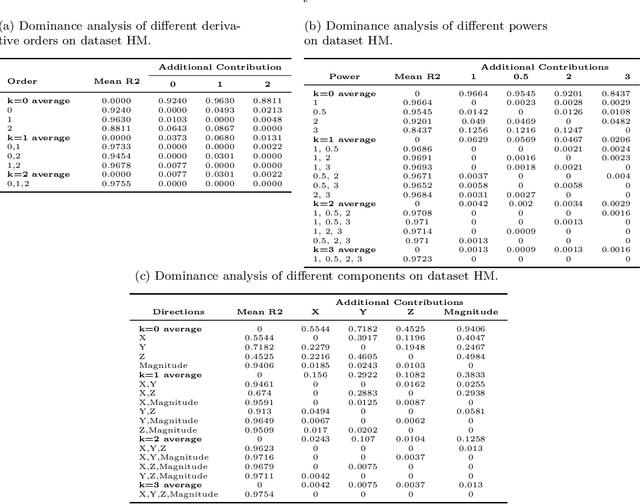
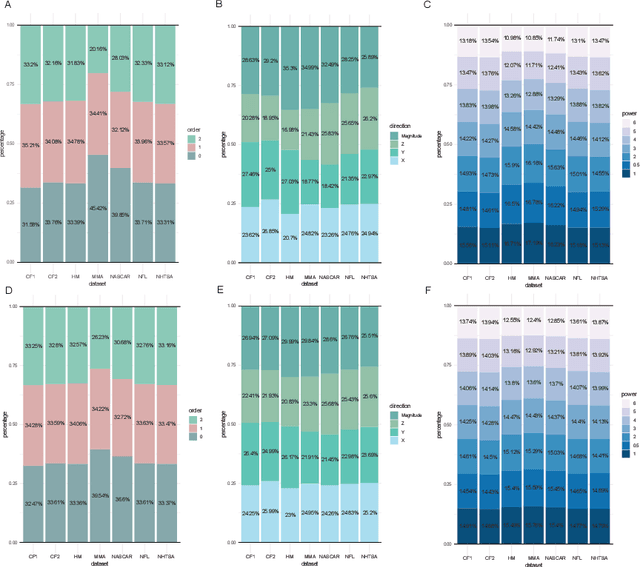
Abstract:Brain tissue deformation resulting from head impacts is primarily caused by rotation and can lead to traumatic brain injury. To quantify brain injury risk based on measurements of accelerational forces to the head, various brain injury criteria based on different factors of these kinematics have been developed. To better design brain injury criteria, the predictive power of rotational kinematics factors, which are different in 1) the derivative order, 2) the direction and 3) the power of the angular velocity, were analyzed based on different datasets including laboratory impacts, American football, mixed martial arts (MMA), NHTSA automobile crashworthiness tests and NASCAR crash events. Ordinary least squares regressions were built from kinematics factors to the 95% maximum principal strain (MPS95), and we compared zero-order correlation coefficients, structure coefficients, commonality analysis, and dominance analysis. The angular acceleration, the magnitude and the first power factors showed the highest predictive power for the laboratory impacts, American football impacts, with few exceptions (angular velocity for MMA and NASCAR impacts). The predictive power of kinematics in three directions (x: posterior-to-anterior, y: left-to-right, z: superior-to-inferior) of kinematics varied with different sports and types of head impacts.
Deep Learning Head Model for Real-time Estimation of Entire Brain Deformation in Concussion
Oct 20, 2020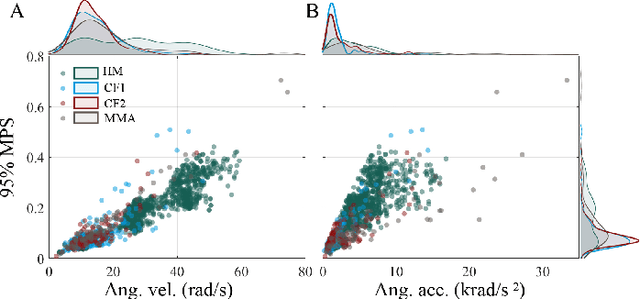
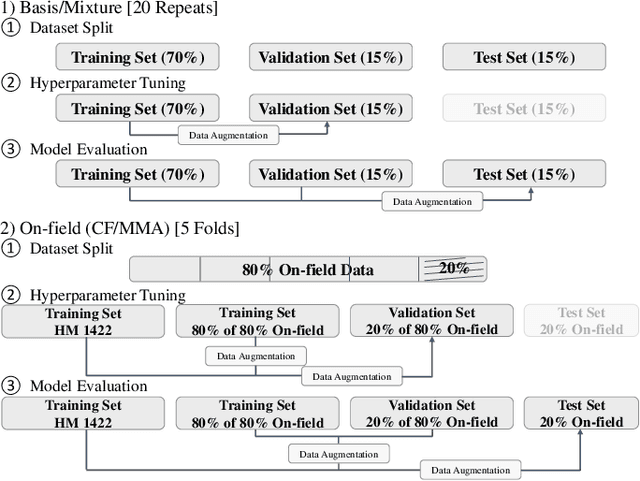

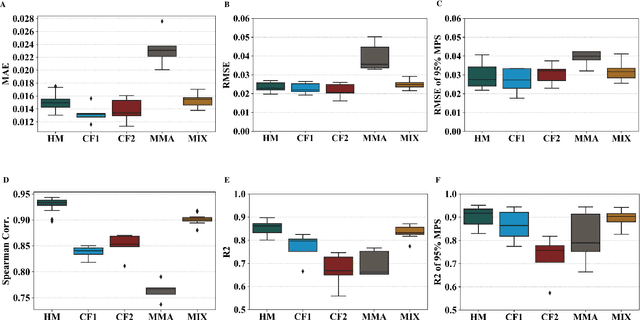
Abstract:Objective: Many recent studies have suggested that brain deformation resulting from a head impact is linked to the corresponding clinical outcome, such as mild traumatic brain injury (mTBI). Even though several finite element (FE) head models have been developed and validated to calculate brain deformation based on impact kinematics, the clinical application of these FE head models is limited due to the time-consuming nature of FE simulations. This work aims to accelerate the process of brain deformation calculation and thus improve the potential for clinical applications. Methods: We propose a deep learning head model with a five-layer deep neural network and feature engineering, and trained and tested the model on 1803 total head impacts from a combination of head model simulations and on-field college football and mixed martial arts impacts. Results: The proposed deep learning head model can calculate the maximum principal strain for every element in the entire brain in less than 0.001s (with an average root mean squared error of 0.025, and with a standard deviation of 0.002 over twenty repeats with random data partition and model initialization). The contributions of various features to the predictive power of the model were investigated, and it was noted that the features based on angular acceleration were found to be more predictive than the features based on angular velocity. Conclusion: Trained using the dataset of 1803 head impacts, this model can be applied to various sports in the calculation of brain strain with accuracy, and its applicability can even further be extended by incorporating data from other types of head impacts. Significance: In addition to the potential clinical application in real-time brain deformation monitoring, this model will help researchers estimate the brain strain from a large number of head impacts more efficiently than using FE models.
 Add to Chrome
Add to Chrome Add to Firefox
Add to Firefox Add to Edge
Add to Edge